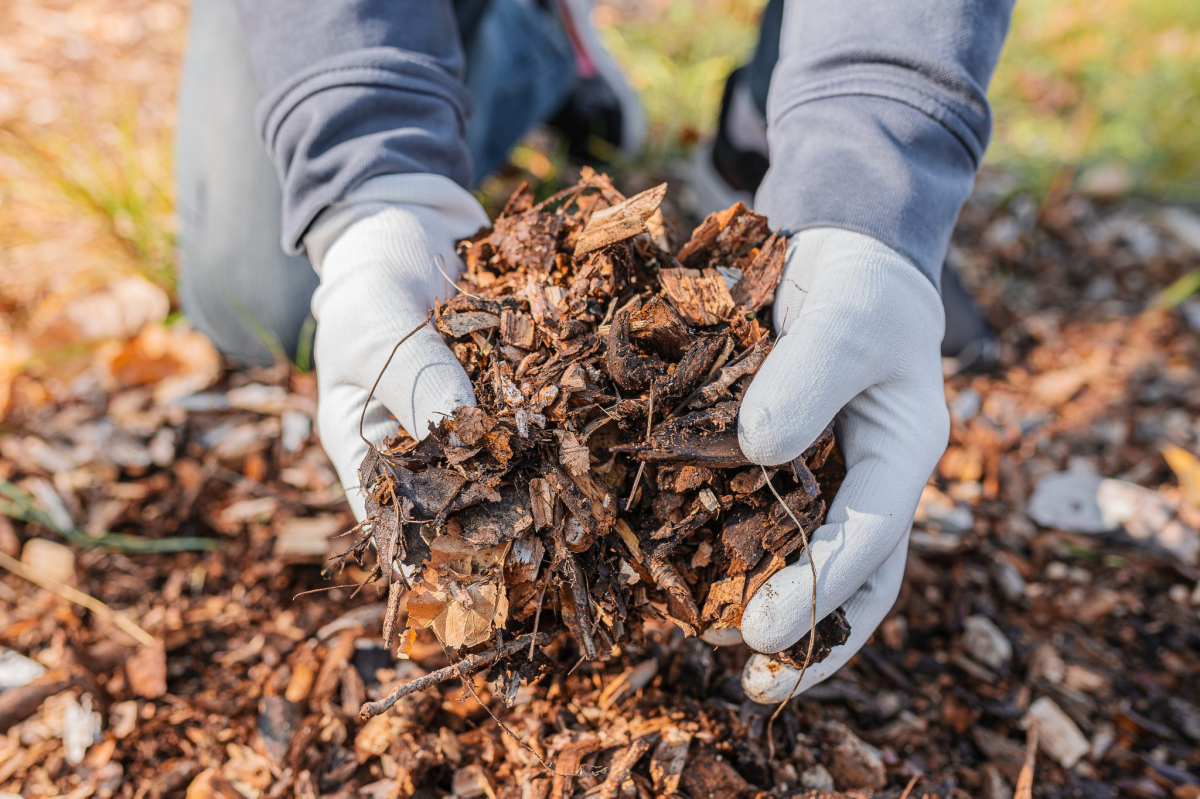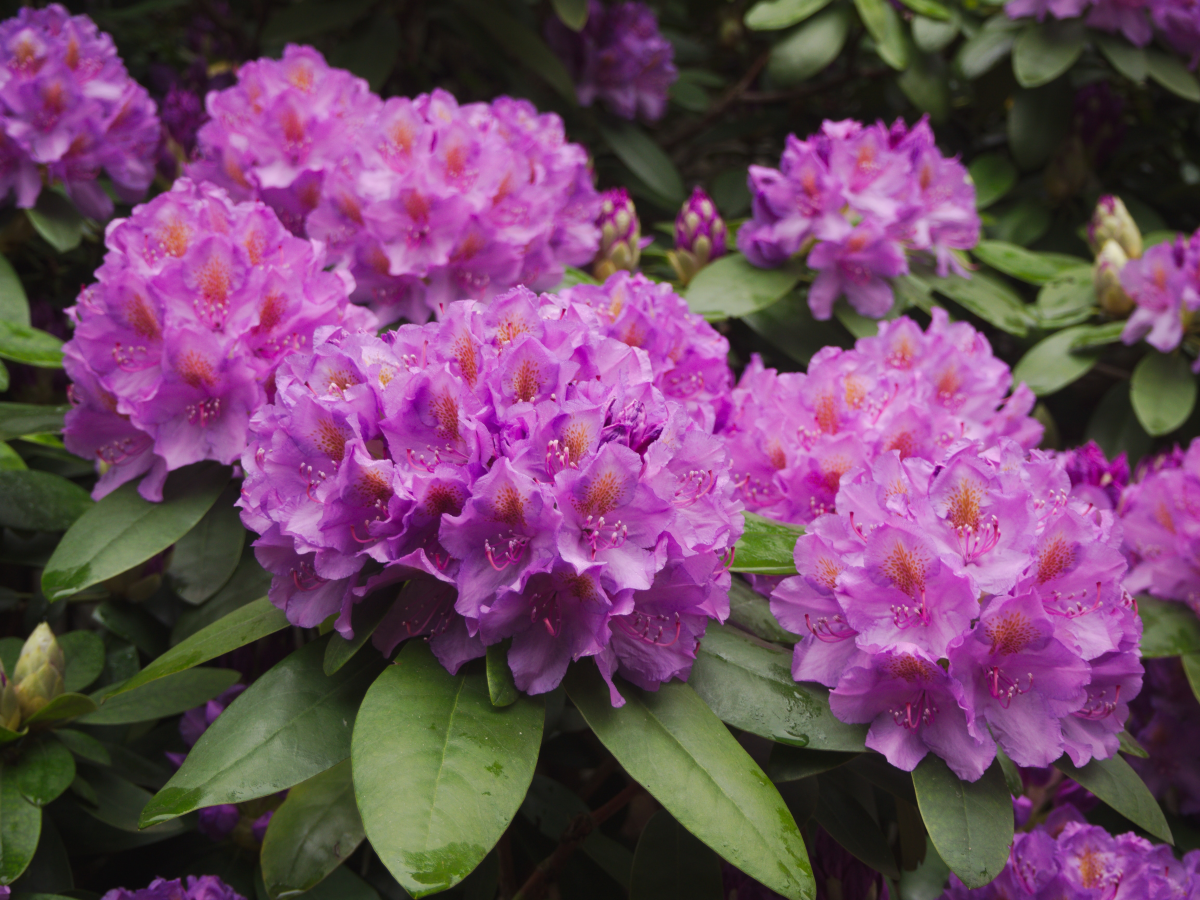The Ultimate Guide To Wintering Rhododendron
Winter brings a certain quiet beauty to the garden – a serene, white blanket that covers the once-bustling beds. Among these sleeping beauties are the rhododendrons, known for their stunning blooms and lush foliage. However, winter can be challenging for these evergreen shrubs. While they’re hardy, they still need some TLC to survive the colder months unscathed. The art of wintering rhododendrons is about providing them with the right care and protection, ensuring that when spring’s warmth returns, they’re ready to dazzle us once again. It’s a delicate balance of nurturing and shielding – a dance with nature where we step in to help our garden friends. So, let’s roll up our sleeves and delve into the gist of wintering rhododendron like a pro.
While rhododendrons are hardy, they still need some extra care
In this article
Wintering Rhododendron
As the garden’s palette turns to muted tones and our floral friends retreat into dormancy, the rhododendron asks for a bit of attention. Wintering rhododendrons isn’t just about survival. It’s about setting them up for future flourishing. These evergreen shrubs, with their spectacular spring blooms, require a bit of foresight and care as the temperatures drop. But fear not – with a few simple steps, you can ensure your rhododendrons remain healthy and vibrant, ready to burst into color when spring arrives. Let’s walk through the easy, yet essential steps to protect your rhododendrons during the cold months.
The rhododendron asks for a bit of attention during winter
Watering before the ground freezes
As the chill of winter approaches and the ground begins to harden, a key step in preparing your rhododendrons is thorough watering. This action is much more than a routine watering. It’s a vital preparation for the cold months ahead. Well-watered rhododendrons are better equipped to face the harsh, dry air and freezing temperatures typical of winter. Ensuring that the roots are well-hydrated is crucial for their survival through the frost. The soil’s moisture acts as an insulator, protecting the roots from the extreme cold and preventing frost heave, which can damage the root system. This preemptive watering is like storing resources, giving your plants a reserve to draw from as they brace for winter, ensuring they remain robust and ready to flourish when spring returns.
A key step in preparing your rhododendrons for winter is thorough watering
Mulching
The role of mulching in preparing your rhododendrons for winter cannot be overstated. As you spread a generous layer of mulch around the base of these shrubs, you’re essentially tucking them in for their winter slumber. Mulch serves as a protective blanket, insulating the roots from the cold and helping to retain vital soil moisture. The choice of organic mulch, such as pine needles or bark chips, is not only effective for insulation but also beneficial for the soil’s health. As this mulch slowly breaks down, it enriches the soil with nutrients, improving its structure and fertility. This action supports the rhododendrons’ growth, ensuring they have a nutrient-rich environment to thrive in once the winter passes.
Spread a generous layer of mulch around the base of these shrubs
Wind protection
In areas where winter brings harsh winds, protecting your rhododendrons from the drying effects of these gusts is crucial. Erecting a windbreak, such as a burlap screen, can be a simple yet highly effective solution. This barrier shields the delicate foliage from desiccating winds, which can strip moisture from the leaves and lead to damage or even plant death. The windbreak should be set up to provide adequate protection while still allowing for air circulation, preventing the buildup of moisture that could lead to fungal diseases. By mitigating wind damage, you’re ensuring that your rhododendrons remain healthy and vibrant, capable of withstanding the winter’s challenges.
Erecting a windbreak is a simple yet highly effective solution
Avoiding salt damage
Winter also brings the challenge of dealing with de-icing salts, which can be detrimental to rhododendrons. These salts, often used on roads and walkways, can leach into the soil and harm the roots of your plants. Being mindful of where and how much salt you use is important. Where possible, opt for plant-friendly de-icing alternatives or create barriers to prevent salt from reaching your rhododendrons. This might involve setting up physical barriers or using more plant-friendly de-icing materials near your shrubs. Taking these precautions can prevent salt damage, ensuring your rhododendrons remain healthy and unaffected by the challenges of managing icy conditions.
Winter also brings the challenge of dealing with de-icing salts
Pruning and deadheading
Late fall is an opportune time to do some light pruning and deadheading of your rhododendrons. While major pruning is best done after the flowering season, removing dead or diseased branches in the fall can help maintain the health and appearance of your shrubs. This selective pruning not only helps in disease prevention but also tidies up your plants, preparing them for their dormant period. It’s about removing any elements that could hinder the plant’s health during the winter, ensuring that come spring, your rhododendrons are ready to grow unencumbered by dead or diseased wood.
Late fall is an opportune time to do some light pruning
Checking for pests
As the growing season winds down, it’s important to inspect your rhododendrons for any signs of pest infestation. Addressing these issues in the fall can prevent more significant problems in the spring. Look for common pests like aphids, spider mites, or rhododendron borers. If you find any, treat them appropriately to ensure your plants enter winter in the best possible health. This preemptive pest control is a critical step in winter preparation, safeguarding your rhododendrons against potential damage that could compromise their spring growth.
It’s important to inspect your rhododendrons for any signs of pest infestation
Proper fertilization
While rhododendrons typically require less fertilizer during the winter months, a thoughtful application in the fall can provide them with the nutrients needed to withstand the cold season. A slow-release fertilizer applied in the early fall can bolster the plants, enriching them with essential nutrients that support root development and overall health. This careful fertilization ensures that your rhododendrons have the necessary resources to endure the winter, emerging strong and healthy with the arrival of spring. It’s a strategic nourishment, setting the stage for a burst of vibrant growth and blooms in the coming year.
This careful fertilization ensures that your rhododendrons have all the necessary resources
Wintering rhododendrons may seem like a task reserved for the diligent gardener, but it’s a labor of love that pays off handsomely. As you care for these beautiful shrubs through the cold months, you’re not just maintaining a plant. You’re nurturing a future spectacle of color and beauty. These winter care steps are an investment in the spring’s garden show, where rhododendrons take center stage with their vibrant blooms. So, as the winter winds howl, take comfort in knowing that your rhododendrons are safe and sound, dreaming of the warm spring days to come.
Now you know that wintering rhododendrons is simple and effective




















